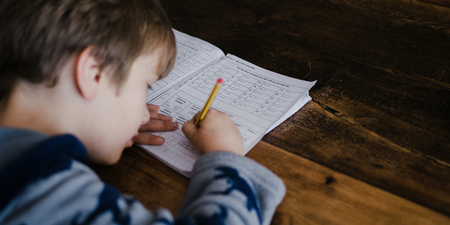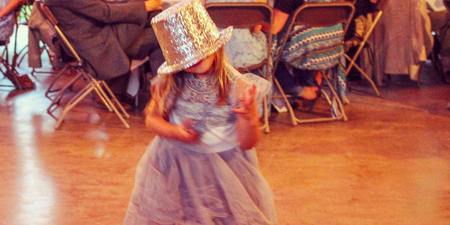You can’t stop the clock change happening – the night of Saturday, March 25 – so let’s be prepared!
Daylight Savings Time changes are enough to put the fear of God in us, but those with poor sleepers really dread the thoughts of what may happen to an already disrupted sleep pattern. On the flip side, if your house is plagued by an early riser, this particular adjustment as we Spring forward, is potentially good news – you may not need to do anything about it.
Nobody wants an hour less sleep, but as with many other sleep-related issues, there are a few simple ways of addressing it. In fact, facing it head on can work out well.
For starters, you could bury your head in the sand and do nothing. Over a few days, you and your child will naturally adjust to the new time. You may get a few random starts in the first couple of days, but if your little one is a good sleeper and generally manages to get through the night with little disruption, this could be the perfect option for you.
I suggest you stick to your daily schedules once the change occurs. For example, if your little ones currently have a snooze during the day at around midday, try and keep it as close to midday on the day after the change (Sunday, March 29). Their body clock will still think its midday (even though the clock says 1pm), but try to be persistent and consistent and things should fall into place over the course of a week or so. The same applies to bedtime.
Another option is to meet the clock change somewhere in the middle. On the day of the change, wake your little ones half an hour earlier. Treat naptimes the same and adjust by half an hour. That night, go to bed half an hour earlier than normal. Over the course of a few days, you should be back to normal again.
Another suggestion would be to start putting little ones to bed 15 minutes earlier each night, starting a few nights before the change takes place. There’s no point putting them down too much earlier than their normal bedtime, quite often they won’t be tired enough, and the wheels fall off! So, 15 minutes earlier on Wednesday is a good starting point. The next night, bring it back a further 15 minutes. Same again on Friday, so by Saturday they should be well-adjusted, and the change will be seamless! If you choose this option, you will also need to get them up 15 minutes earlier each day. That’s the nasty part. Resist the temptation of a lie-in; it can only upset things.
Sticking to your bedtime and daily routines will also be helpful. The small things that suggest it’s time for bed will play a huge part when you’re adjusting the times. They may not be able to read the clock, but the ‘cues’ you give them will guide them as to what is happening next. For example, keeping the end of day routine the same every day, but just a tiny bit earlier will encourage them to go to sleep when you suggest it.
Often it’s external factors that drive our body clocks such as daylight and darkness, the bright early mornings can be a bit of a problem at this time of year. I always recommend black-out blinds in bedrooms or travel black-out blinds. Darkness helps the body produce Melatonin, the sleep-inducing hormone. In the morning, open the curtains, let the light in, and kickstart their day.
This seasonal change is not the worst one, though. Longer periods of daylight in the evenings make it so much easier for us all to get out and enjoy some fresh air which is one of the best ways to encourage a good night sleep.
Most children will take a week to ten days to really adjust; some will do it with ease. I hope all of yours fall into the latter.
Niamh O’Reilly is a sleep coach. She’s also a baby and childcare guru, a ‘parent nanny’ and the answer to many a weary parent’s woes.


















































